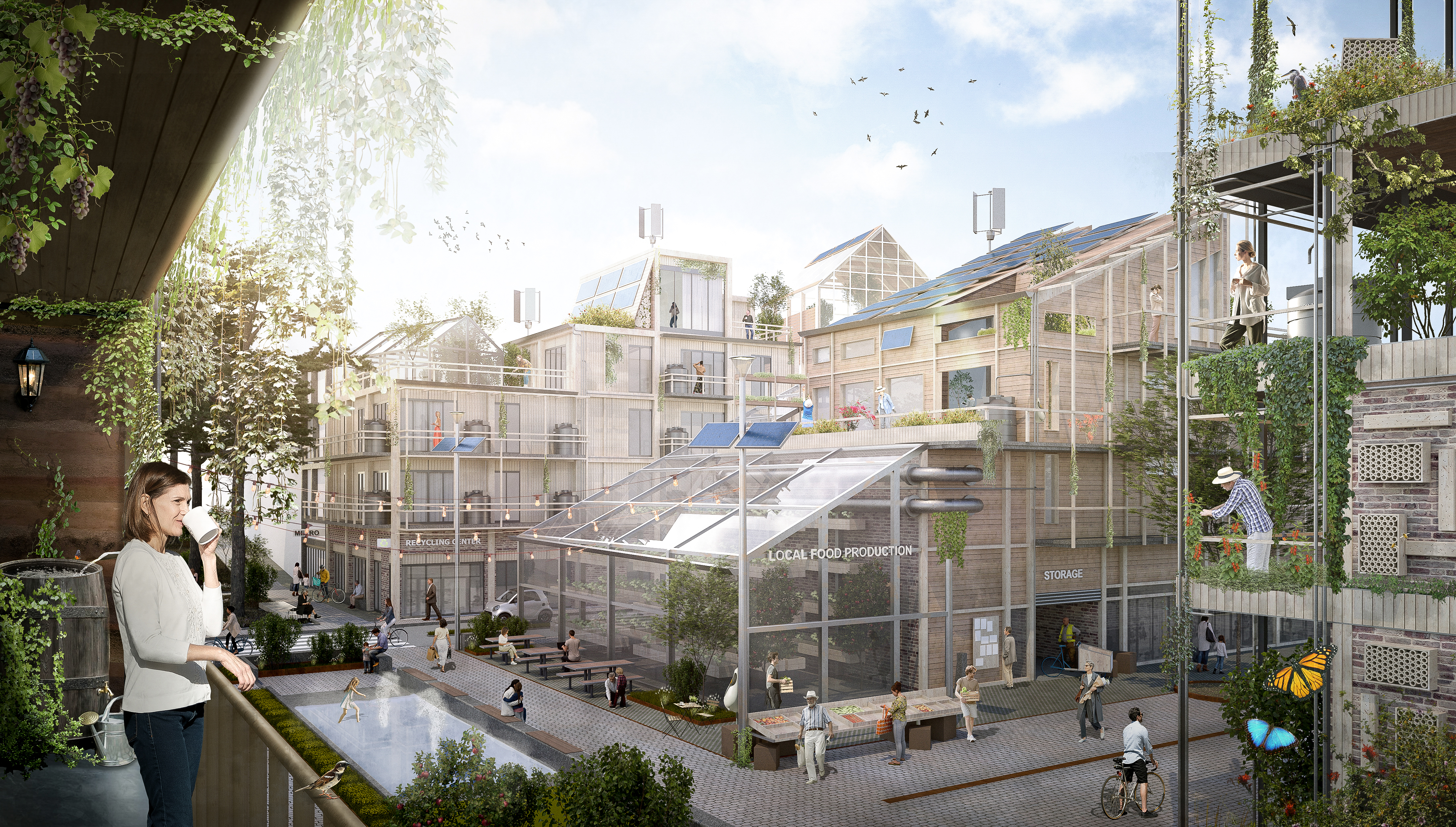Building resilient cities to combat climate change
Published on: October 21, 2025
Creating infrastructure that adapts and endures
As urban areas continue to expand and populations grow, the need for resilient infrastructure becomes increasingly critical. Cities worldwide are facing the impacts of climate change, including more frequent and severe weather events such as storms, floods, heatwaves and droughts. Building infrastructure that can withstand these challenges is essential for the health, safety and well-being of urban residents.
Understanding resilient infrastructure
Resilient infrastructure refers to the design, construction and maintenance of structures and systems that can adapt to and recover from adverse conditions. This includes buildings, transportation networks, energy systems, water management facilities and other critical urban assets. Resilient infrastructure is designed to minimise damage, ensure functionality during and after extreme weather events and support the overall resilience of the urban environment.
Key elements of resilient infrastructure
- Climate-adaptive design: Infrastructure must be designed to withstand the specific climatic conditions of the area. This can include elevated structures to prevent flood damage, heat-resistant materials to cope with extreme temperatures and flexible designs that can adapt to changing conditions.
- Green infrastructure: Integrating green spaces and natural elements into urban planning can enhance resilience. Green roofs, urban forests and permeable pavements can help manage stormwater, reduce urban heat islands and improve air quality.
- Robust energy systems: Reliable energy systems are crucial for resilient infrastructure. This includes the use of renewable energy sources, decentralised energy production and smart grids that can quickly respond to disruptions and maintain power supply.
- Efficient water management: Effective water management systems are vital to prevent flooding, ensure clean drinking water and maintain sanitation. Techniques such as rainwater harvesting, greywater recycling and sustainable drainage systems can enhance water resilience.
- Durable transportation networks: Transportation infrastructure must be designed to remain operational during extreme weather events. This includes flood-resistant roads, resilient public transit systems and alternative transportation options to ensure mobility even during disruptions.
Case studies of resilient infrastructure
Several cities around the world are leading the way in implementing resilient infrastructure:
- Copenhagen, Denmark: Copenhagen has invested in a comprehensive cloudburst management plan that includes green roofs, permeable pavements and retention basins to manage excess rainwater and prevent flooding.
- Eindhoven, Netherlands: Eindhoven has implemented various green infrastructure projects, including extensive urban green spaces and sustainable drainage systems to enhance climate resilience and manage stormwater effectively.
- Mechelen, Belgium: Mechelen focuses on integrating green roofs and urban forests to reduce heat stress and improve air quality, supporting overall urban resilience.
Benefits of resilient infrastructure
Investing in resilient infrastructure offers numerous benefits:
- Reduced vulnerability: Resilient infrastructure minimises the risk of damage and disruption during extreme weather events, protecting lives and property.
- Improved public health: Enhancing infrastructure resilience can improve air and water quality, reduce heat stress and provide safe and reliable access to essential services.
- Economic stability: Resilient infrastructure supports economic continuity by reducing the costs associated with disaster recovery and ensuring the functionality of critical systems.
- Environmental sustainability: Integrating green infrastructure and renewable energy sources promotes environmental sustainability and reduces the carbon footprint of urban areas.
Building the future
Building resilient infrastructure is essential for cities to withstand the impacts of climate change and ensure the well-being of their residents. By adopting climate-adaptive designs, integrating green infrastructure, enhancing energy systems, improving water management and ensuring durable transportation networks, cities can create a resilient urban environment that can adapt to and recover from adverse conditions. Investing in resilient infrastructure not only protects urban areas from the immediate impacts of climate change but also supports long-term sustainability and quality of life for all residents.
